It’s a bird! It’s a plane! No, it’s 3I/ATLAS, the third known object to visit our solar system from outside it. The “3” in the name indicates that it is the third such object, the “I” that it is interstellar, and the “ATLAS” that it was discovered by the Asteroid Terrestrial-impact Last Alert System (ATLAS) telescope in Río Hurtado, Chile. Although that telescope was designed to detect objects that might impact the Earth, there is no danger that 3I/ATLAS will do so.
How do we know it’s interstellar?
After its discovery on July 1, 2025, telescopes all over the world were able to track it and to plot its trajectory. Data taken before the discovery confirmed that it was in fact interstellar.
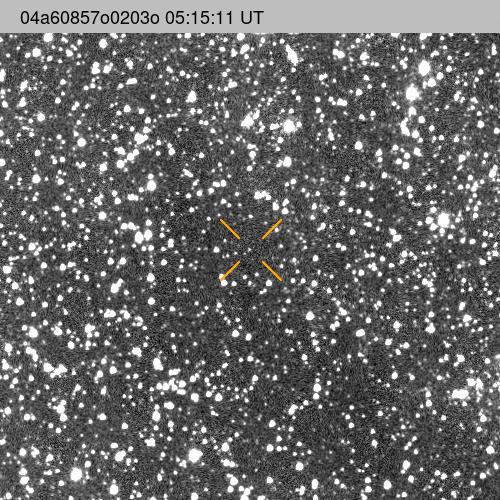
https://upload.wikimedia.org/wikipedia/commons/c/c3/Comet_3I-ATLAS.gif
An object from within the solar system will have a closed trajectory—an orbit. Halley’s Comet for example, which last passed near the Earth in 1986, will reappear in 2061 and every 76 years or so thereafter.
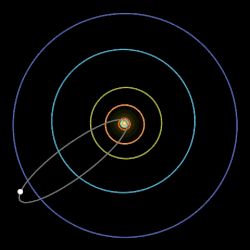
https://upload.wikimedia.org/wikipedia/commons/thumb/5/51/Halley%27s_Comet_animation.gif/250px-Halley%27s_Comet_animation.gif
But interstellar objects pass through the solar system and never come back. Here are some perspectives on the path of 3I/ATLAS.
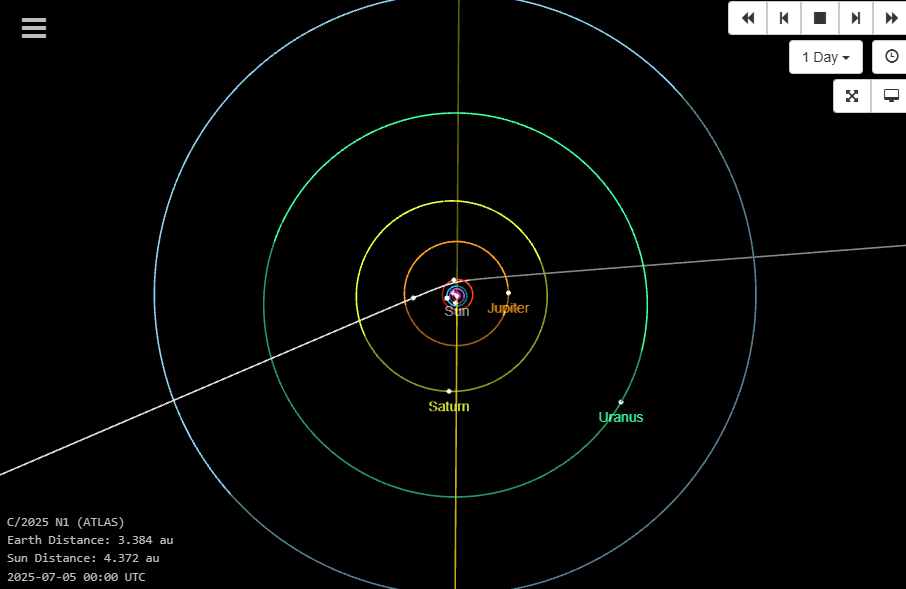
Image from https://ssd.jpl.nasa.gov/tools/sbdb_lookup.html#/?sstr=C%2F2025%20N1&view=VOP
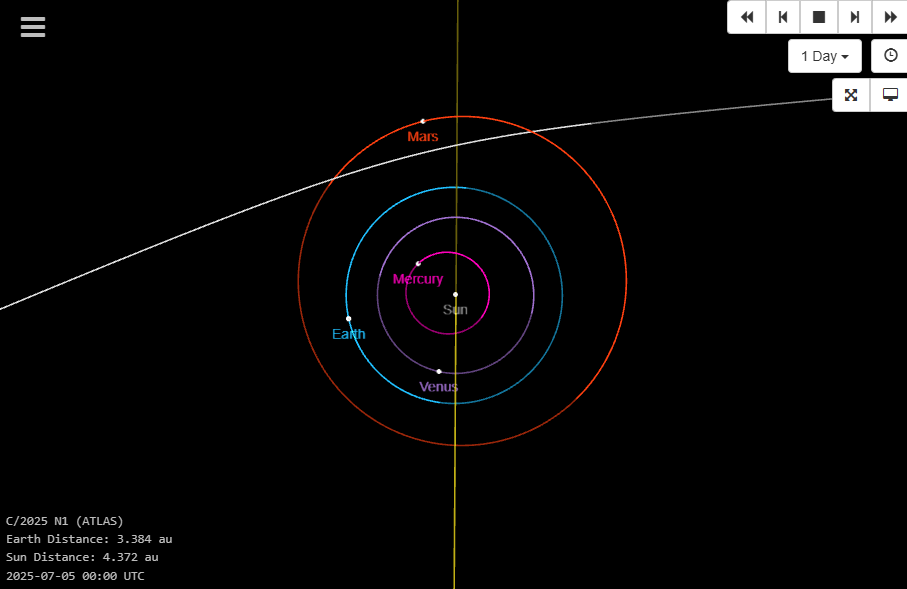
Image from https://ssd.jpl.nasa.gov/tools/sbdb_lookup.html#/?sstr=C%2F2025%20N1&view=VOP
As you can see, it comes nowhere near the Earth. That’s a good thing, as the preliminary (and very uncertain) observations peg its size as anywhere between 0.8 to 24 kilometers (0.5 to 14.9 miles). Even that smaller size would do significant damage were it to intercept our planet.
What sort of object is it?
It’s a comet, an object sometimes characterized as a dirty snowball. It has an active nucleus with a surrounding cloud—a coma–of reflective dust and a small tail.
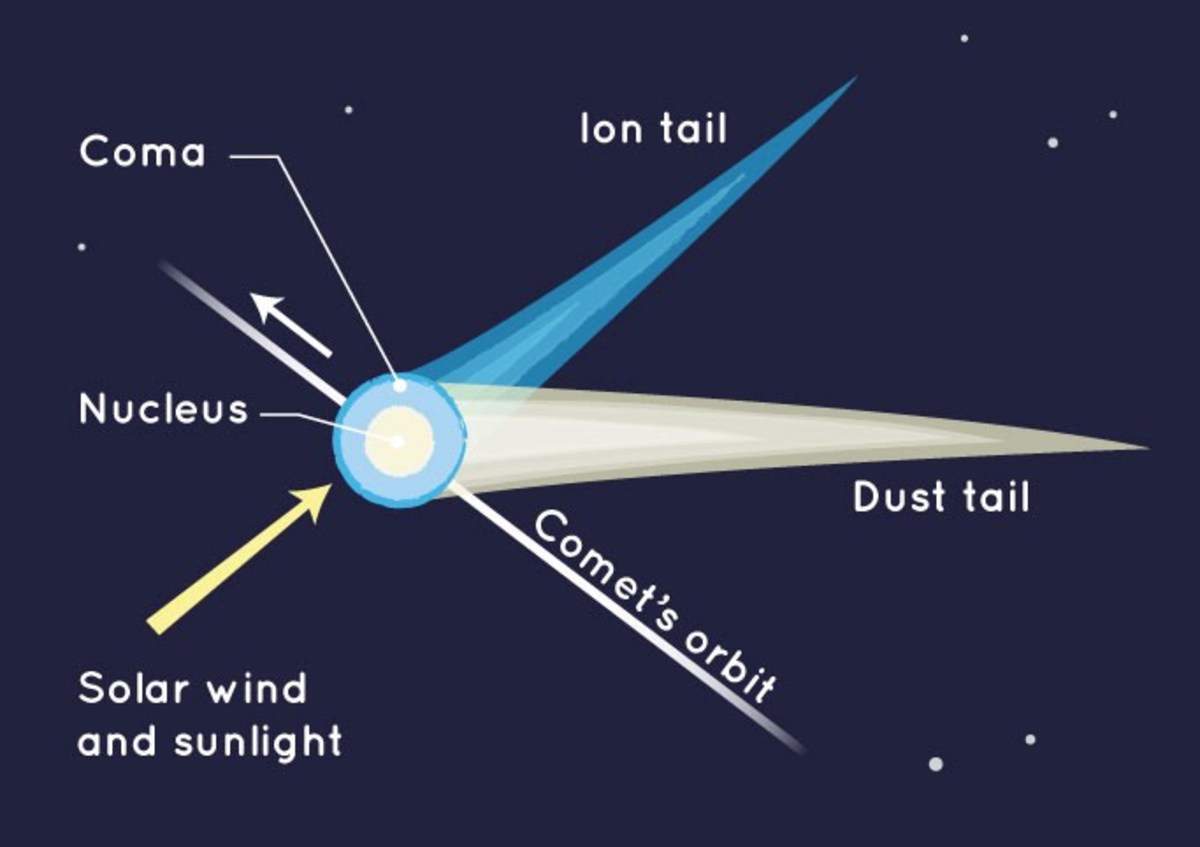
https://images.saymedia-content.com/.image/t_share/MjA1ODMzNDEyODUzMDQ4OTUy/rocks-in-the-solar-system-comet.jpg
Why is it of interest?
Since it comes from another star system, its chemical makeup could tell us something about that star. Of the two previous interstellar visitors, 1I/ʻOumuamua’s exact nature is still in dispute–asteroid (rocky) or comet (icy). Some fanciful speculations by people who should know better called 1I/ʻOumuamua an alien artifact. Occam’s Razor, an important principle of critical thinking, tells us that there are simpler and likely better explanations. 2I/Borisov was definitely a comet. Its composition was uncommon but not unseen in solar system comets.
The LSST (Large Survey of Space and Time) Camera at the Vera C. Rubin Observatory will begin a ten year “movie” of the entire sky visible from its location in Chile later this year. It will surely discover millions of small solar system objects. It will just as surely find some more visitors from the stars beyond our own.


